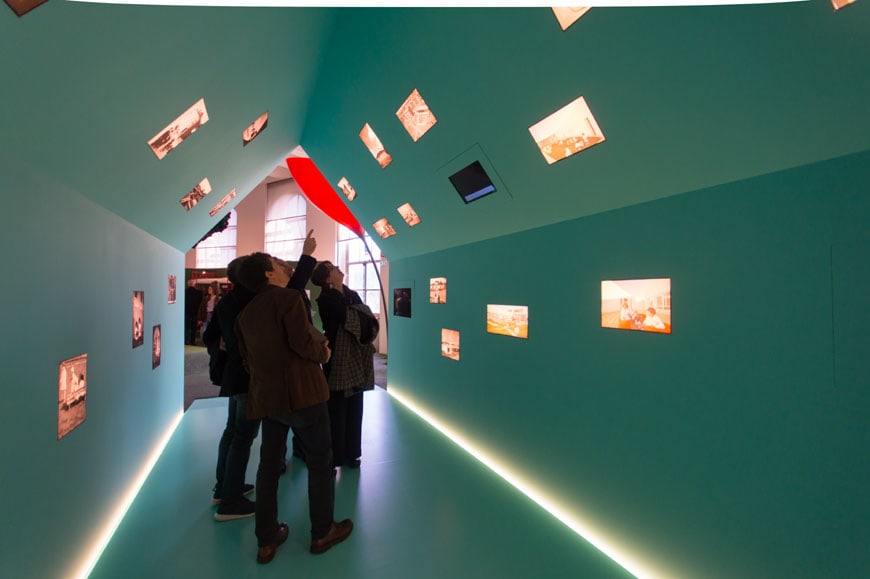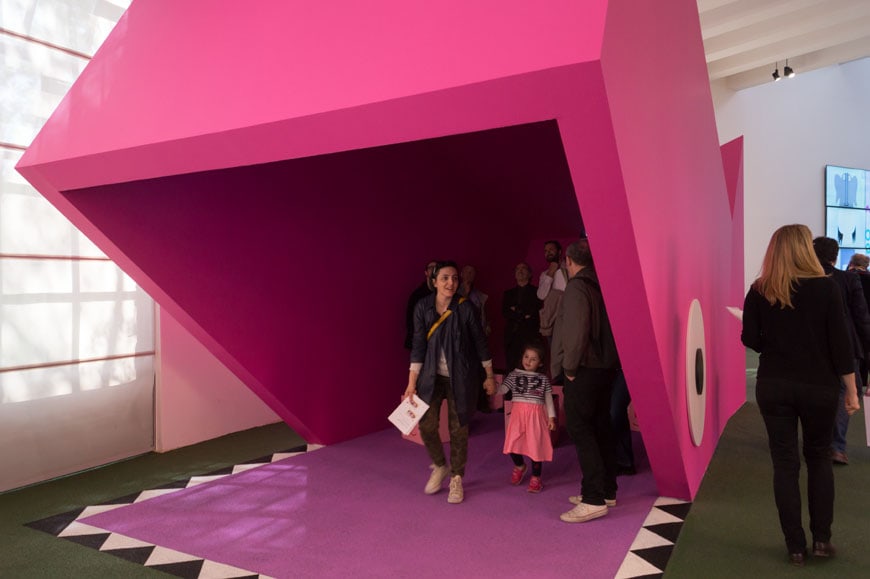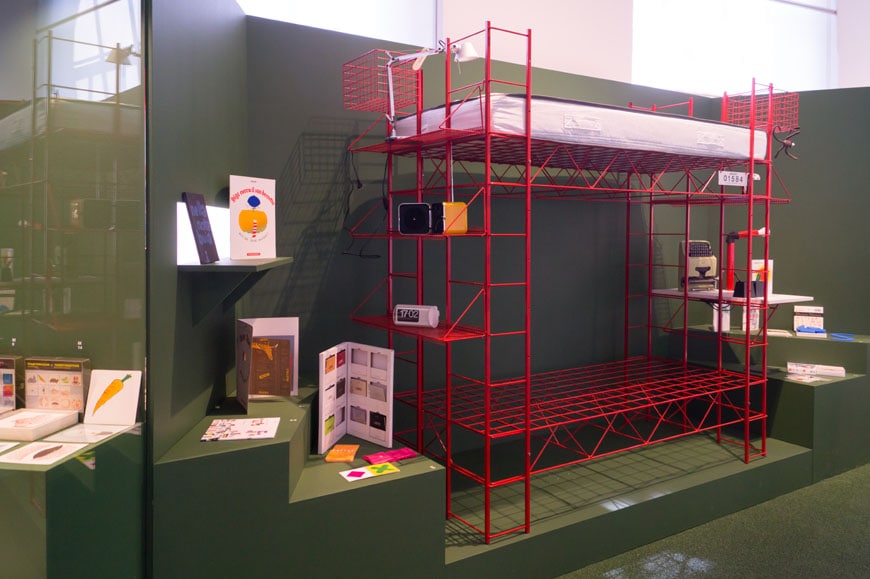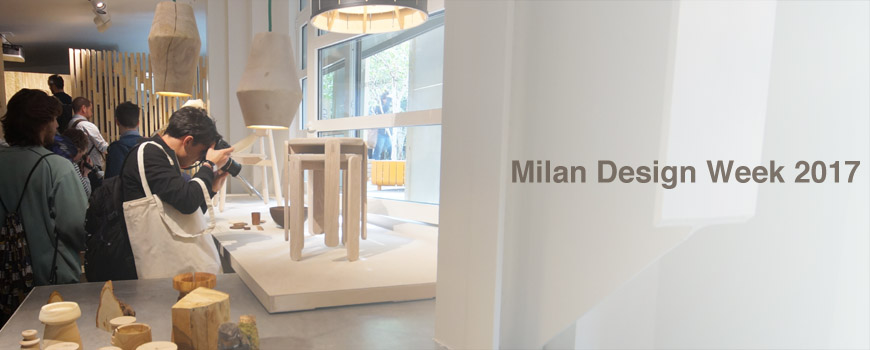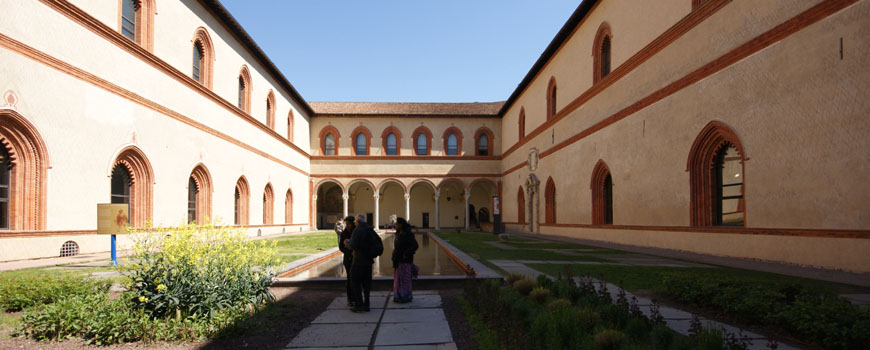Milan’s Triennale Design Museum focuses on design for children
Triennale Design Museum
Giro Giro Tondo. Design for Children
1 April, 2017/18 February 2018
All rights reserved
“Giro Giro Tondo. Design for children”
The 10th edition of the Triennale Design Museum in Milan
Since 2007, the Triennale Design Museum investigates Italian design through an annual exhibition that presents always different themes and points of view from one year to another.
On March 31, 2017, we attended the inaugural press conference of “Giro Giro Tondo (Ring around the Rosie). Design for Children”, the exhibition at the Palazzo della Triennale di Milano which is also the 10th edition of the Triennale Design Museum.
Conceived and directed by Silvana Annicchiarico, “Giro Giro Tondo” is a journey into childhood through the means of toys, pieces of furniture, books, architecture, and cartoons made for children in the course of the 20th century. An ambitious exhibition, aimed “to intertwine the history of design in Italy with that of Italian children” (Silvana Annicchiarico), developed by a number of curators, with Stefano Giovannoni as artistic director and exhibition designer.
The exhibition explores various themes grouped into five main sections: “Furniture” curated by Paola Maino; “Toys” curated by Luca Fois and Renato Ocone; “Architectures” curated by Fulvio Irace; “Signs” a section focused on graphics curated by Pietro Corraini, and “Animation” curated by Maurizio Nichetti. The exhibition also features some special sections, two of which are dedicated to Bruno Munari and Riccardo Dalisi, a pedagogical section focused on “Teachers“, and a micro-exhibition presenting the many representations and interpretations of Pinocchio.
“Giro Giro Tondo” begins with a giant version of “Quadratino”, a comic character designed by Antonio Rubino in 1910, which “swallows” the visitors entering the exhibition.
The first room entitled “Ouverture” is an immersive installation, a dim-light space enclosed by mirrors and filled with over-scale objects, whose dreamlike atmosphere was inspired by that of Alice’s Adventures in Wonderland.
Despite the openly self-promotional approach of the artistic director (at least three pieces on view are reproductions of products designed by Giovannoni himself), this introductory installation is largely successful in taking the visitor into a captivating atmosphere, while the rest of the exhibition is less engaging, from a communication point of view.
Giro Giro Tondo. Design for Children”Ouverture”, photo (c) Inexhibit.
Indeed, going out of the first room, the magic dissolves into an undefined space in which too many objects and possibly too many themes are presented, without enough room to disclose and present them properly. School desks, mini carousels, children’s chairs, vintage strollers, and old blackboards on display are amassed on a central platform covered by a green rubber mat that runs across the whole exhibition and plunges all objects into a cold and dull atmosphere.
Giro Giro Tondo. Design for Children: installation views, photos (c) Inexhibit.
Coming after those dedicated to furniture and toys, the architectural section, curated by Fulvio Irace, is an interesting depiction of children-oriented architecture.
In a dedicated space, it presents the most significant steps in the evolution of architectural typologies aimed at children and youth (especially schools and summer camps) developed by architects and educators. An evolution whose outcome has been the recognition of the importance of childhood in people’s life, and that of schools as privileged spaces to foster its positive development.
Giro Giro Tondo. Design for Children: the section “architecture” curated by Fulvio Irace.
Photos (c) Inexhibit.
The exhibition continues with the sections dedicated to graphics, and to animations, and some special sections.
Among them, one is focused on the seminal work of Bruno Munari – with games, graphic designs, books, and pieces of furniture, including his pioneering “Abitacolo” (1971) – and another, dedicated to Riccardo Dalisi, showcases the visionary “characters” developed together with street children from the Traiano neighborhood of Naples in the early Seventies.
Giro Giro Tondo. Design for Children. Above: the sections “Signs” curated by Pietro Corraini (graphic design) and “Animation” curated by Maurizio Nichetti. Below: the section dedicated to the work of Bruno Munari. Photos (c) Inexhibit.
Giro Giro Tondo. Design for Children: the last room is conceived as a playful workshop.
Giro Giro Tondo. Design for Children
1 April 2017 / 18 February,2018
Triennale Design Museum
Viale Alemagna n° 6, Milano
www.triennale.org
Giro Giro Tondo. Design for Children. Image (c) Inexhibit
copyright Inexhibit 2025 - ISSN: 2283-5474






